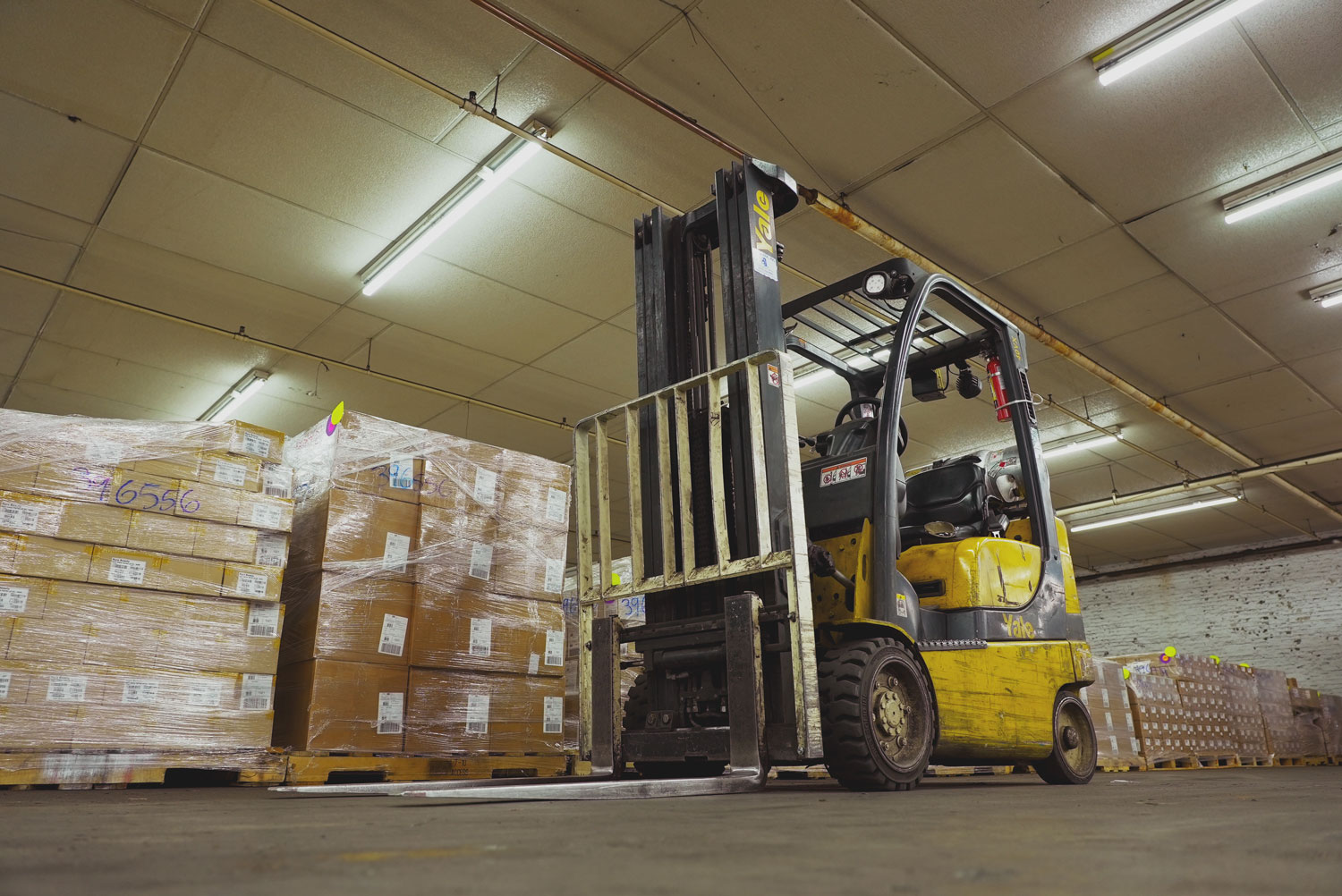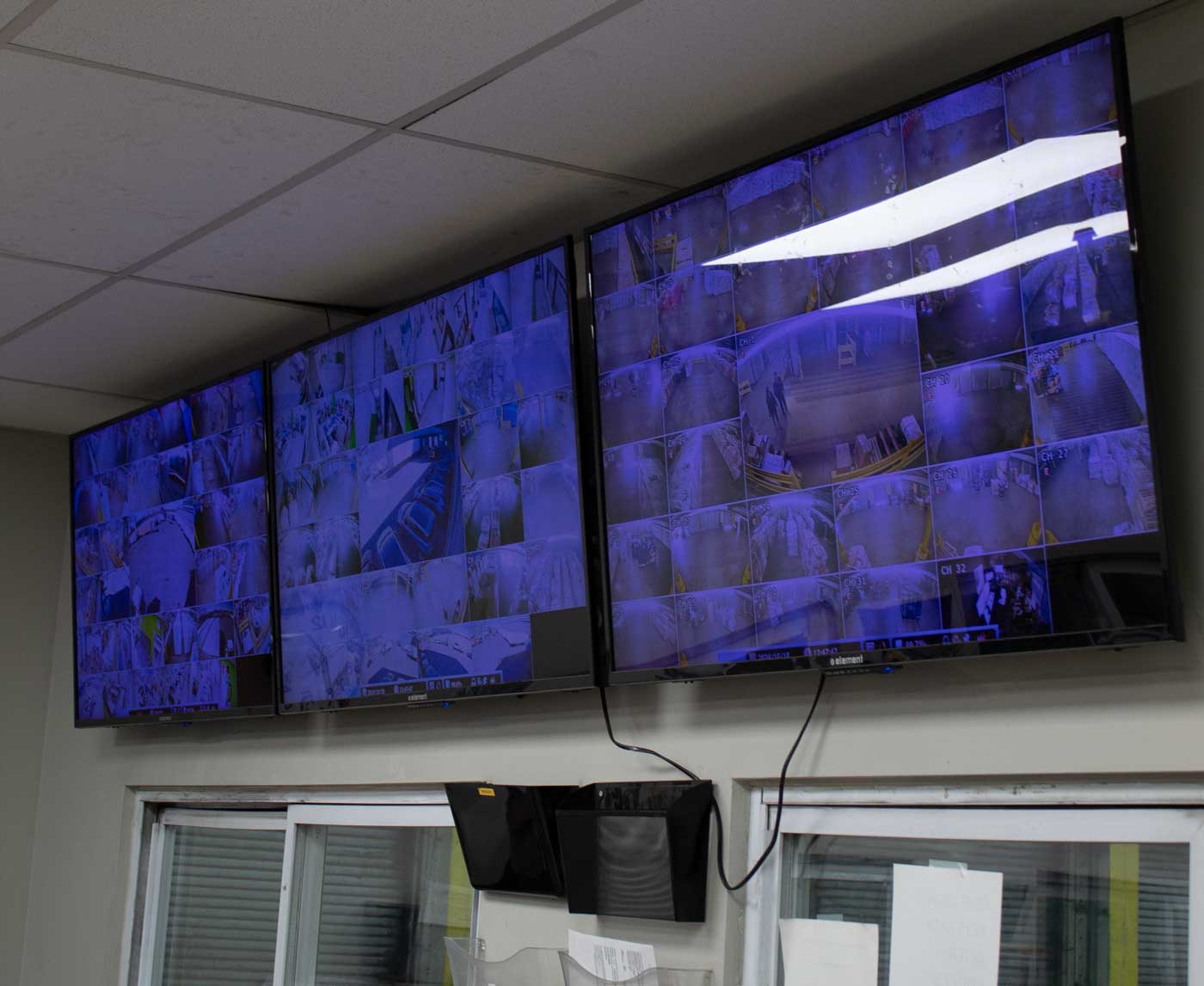The supply chain process is the backbone of any business that deals with goods and services. Multiple steps ensure that the supply chain operates seamlessly from the moment a product is manufactured to when it reaches the hands of the consumer. Let’s take a closer look at the key stages involved in the end-to-end supply chain process and how they work together to ensure efficiency and accuracy.
Planning and Forecasting
The supply chain process begins with planning and forecasting. Businesses need to predict the demand for their products to ensure they have adequate inventory to meet customer needs. Accurate demand forecasting helps companies avoid overstocking or stockouts, both of which can have significant financial impacts. Businesses can make informed decisions about production and inventory levels using historical data, market trends, and advanced analytics tools.
Key activities:
- Demand forecasting
- Inventory planning
- Budget allocation
Sourcing
Sourcing involves identifying and securing the raw materials or components needed to create a product. This step includes selecting suppliers, negotiating contracts, and ensuring the quality of materials meets the company’s standards. Reliable suppliers are critical to maintaining the flow of goods through the supply chain.
Key activities:
- Supplier selection
- Contract negotiation
- Quality assurance
Manufacturing
Once the materials are sourced, the manufacturing process begins. This step involves turning raw materials into finished products. Efficiency is key in manufacturing to meet production timelines and ensure high-quality finished goods.
Key activities:
- Production scheduling
- Quality control
- Equipment maintenance
Warehousing and Inventory Management
After manufacturing, the finished products are stored in warehouses before they are distributed. Effective warehouse management ensures that inventory is stored efficiently and is readily accessible when needed. This stage also involves maintaining accurate inventory records to prevent discrepancies between stock levels and actual inventory.
Key activities:
- Inventory storage
- Stock level tracking
- Order fulfillment preparation
Transportation
Transportation is a crucial part of the supply chain, as it involves moving goods from warehouses to distribution centers or directly to customers. This step requires careful coordination to minimize delays and ensure goods arrive safely and on time. Depending on the delivery requirements, different modes of transportation, such as trucks, ships, or airplanes, may be used.
Key activities:
- Route optimization
- Freight management
- Shipment tracking
Delivery
The final step in the supply chain process is the delivery of goods to the end customer. Whether the customer is an individual consumer or a business, timely and accurate delivery is essential for customer satisfaction. Last-mile delivery, or the final leg of the shipping process, is crucial as it often represents the customer’s first direct interaction with the brand.
Key activities:
- Last-mile delivery coordination
- Delivery tracking
- Customer service
Optimize Your Supply Chain with Mark IV
Understanding the end-to-end supply chain process is crucial for businesses looking to streamline operations, reduce costs, and enhance customer satisfaction. Each stage, from planning to delivery, plays a critical role in ensuring a smooth and efficient flow of goods. At Mark IV, we specialize in optimizing every step of your supply chain with our comprehensive logistics solutions.
Ready to take your supply chain to the next level? Contact Mark IV today and let our experts help you streamline your operations!



